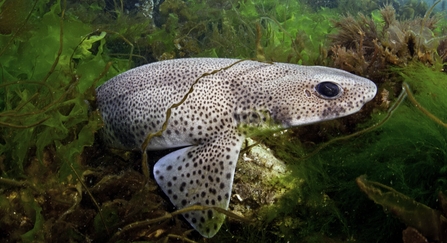The first step has been taken towards the designation of England’s first Highly Protected Marine Areas (HPMAs) – as Defra announces a consultation on five proposed HPMAs, including one site off the Lincolnshire coast. These HPMAs will be the strongest ever protection measures for our seas.
The Wildlife Trusts have been calling for HPMAs for three years with the support of over 10,000 people who have called for greater protection of marine life. This new designation will ban all damaging activities within their boundaries. By safeguarding all wildlife and habitats, HPMAs will give nature the best chance to recover, benefitting not only each place but large parts of the sea around them.

